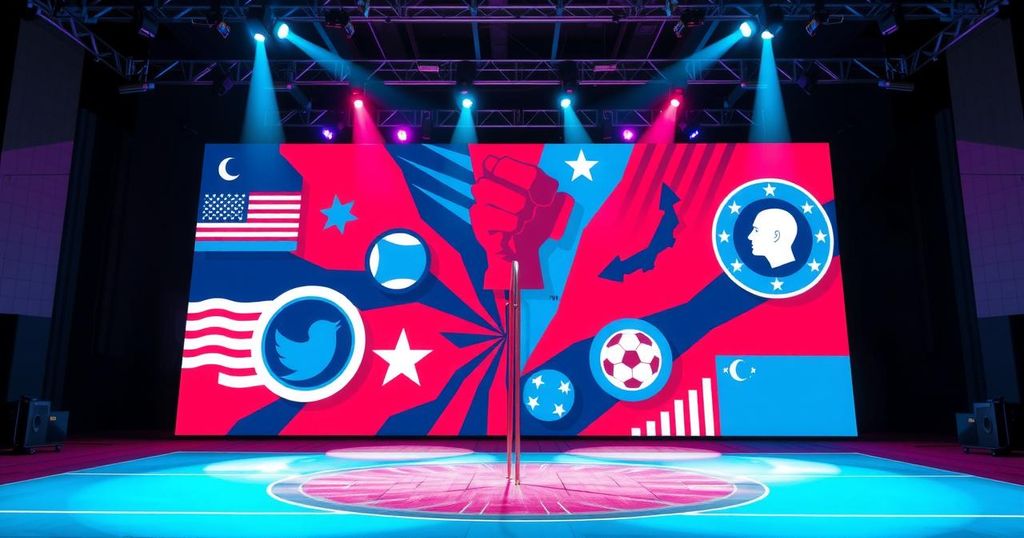Sports and Politics: The Intertwined Reality of Culture and Athletics
Sports and politics are intricately woven together, a reality illustrated by events like the Super Bowl halftime show. Kendrick Lamar’s performance stirred up serious discussions on social issues, showing that moments in sports do not exist in a vacuum. As fans, we often seek an escape in games, yet these instances remind us that there’s more beneath the surface.
Super Bowl Halftime Show Sparks Debate
The recent Super Bowl halftime show, featuring rapper Kendrick Lamar, turned out to be much more than a simple performance. On February 9, millions of viewers tuned in, but what they witnessed was a mix of entertainment and social commentary. Lamar captivated the audience for 13 minutes, presenting a show that had visuals and themes prompting discussions about serious social issues.
Lamar’s Message Resonates Across Audiences
For many, Lamar’s performance served as a stark reminder of the often murky relationship between sports and politics. Issues such as racial inequality and social justice were brought to the forefront, making it clear that performing on such a vast platform can elevate significant messages. However, not everyone saw it that way; some simply considered it just another moment of entertainment in a sports-centric event.
Athletes as Agents of Change
This intertwining of athletics and political discourse isn’t a new phenomenon. Historical instances, like when Tommie Smith and John Carlos raised their fists at the 1968 Olympics, show us that athletes have long been political figureheads. Likewise, Colin Kaepernick’s kneeling during the national anthem highlighted police brutality when it was in danger of being overlooked, leaving a lasting impact well outside of football.
Sports as an Escapism and Platform
Sports tend to provide fans with a much-needed escape from the real world, but they also open doors to complex cultural dialogues. As UF psychology professor Erin Westgate pointed out, during a game, everything else fades into the background. However, moments like Lamar’s performance remind us that sports can introduce significant discussions that refuse to be ignored, regardless of the escapism they offer.
Navigating Sports and Activism
The crux of the matter often comes down to whether sports should remain a neutral arena or embrace activism. The NBA, for example, showed its support for the Black Lives Matter movement, while the NFL’s response to Kaepernick’s protest illustrated the risks of taking a political stance. These examples show the balancing act sports organisations face in mixing activism with athletics, where public opinion, financial incentives, and personal beliefs often collide.
Have athletes always engaged in political activism?
Yes, many athletes have used their platforms to address social issues for decades.
What was significant about Kendrick Lamar’s performance?
Kendrick Lamar’s halftime performance stirred conversations about equality and justice.
Why do sports and politics intersect?
It highlights the ability of sports to address cultural issues, despite being a form of entertainment.
Can sports serve as both an escape and a political platform?
Sports can be both a form of escapism and a medium for activism, showcasing the dual roles they play in society.
Should sports and politics mix?
While some argue for a separation of sports and politics, history shows they often overlap.




